Last updated on March 2nd, 2025
Radiator valves let you control the heating by turning off radiators, adjusting room temperatures, and balancing the system. If you’re not using a radiator or need to remove one for decorating, simply close the valves to isolate it from the central heating system. With over a decade of experience fitting and repairing radiator valves, I understand exactly how they work.
Types of radiator valve
All panel radiators, designer radiators, cast iron radiators, and towel radiators should have two radiator valves on each radiator. There are only really two different types of radiator valves, thermostatic radiator valves (TRVs), and lockshield valves.
All other types of radiator valves can fall into these two categories:
- Manual radiator valve: Lockshield valve with a head on to turn with your hand.
- Twin entry radiator valve: Lockshield valve which connects both pipes for the radiator to go on one side of the radiator.
- Straight radiator valve: Straight radiator valves can be lockshields or TRVs and are normally used on the bottom of towel rails, so the pipes can go straight down from the radiator to the floor.
- Angled radiator valve: Lockshield and TRVs are angled on most radiators. They go on the sides of the radiator and angle the pipes down to the floor.
- Corner radiator valve: Corner radiator valves are normally lockshield valves and are used to take the pipes from the radiator straight back to the wall behind the radiator.
- Radiator Bleed Valve: Not really a valve but they do get called this. There are different types of radiator bleed valves and they are for bleeding radiators.
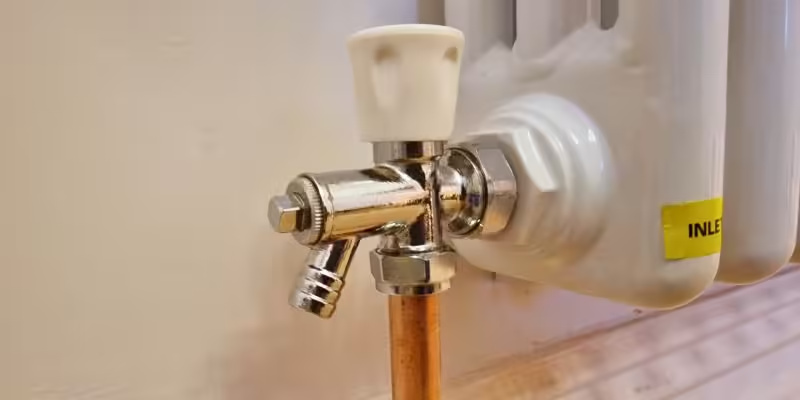
How does a radiator valve work?
A radiator valve works like a tap on a central heating system. It lets the hot water in the system flow through the radiators to heat the room when it’s open and isolates the radiator from the system when they are closed.
When a valve is turned clockwise, it screws the spindle down over the pipe end of the valve until the back seating surface is pressed down, which stops the water from flowing into the radiator. A radiator valve is often the cause of a radiator not heating up by becoming blocked or broken.
How does a thermostatic radiator valve work?
A thermostatic radiator valve (TRV) works by sensing the temperature in the room, like a room thermostat. When the room reaches the temperature (setting) you have it set to, the valve will close and turn the radiator off until the temperature of that room has dropped.
Thermostatic radiator valves use wax, liquid, or gas-filled capsules that contract and expand to move the insert to open and close the valve accordingly.
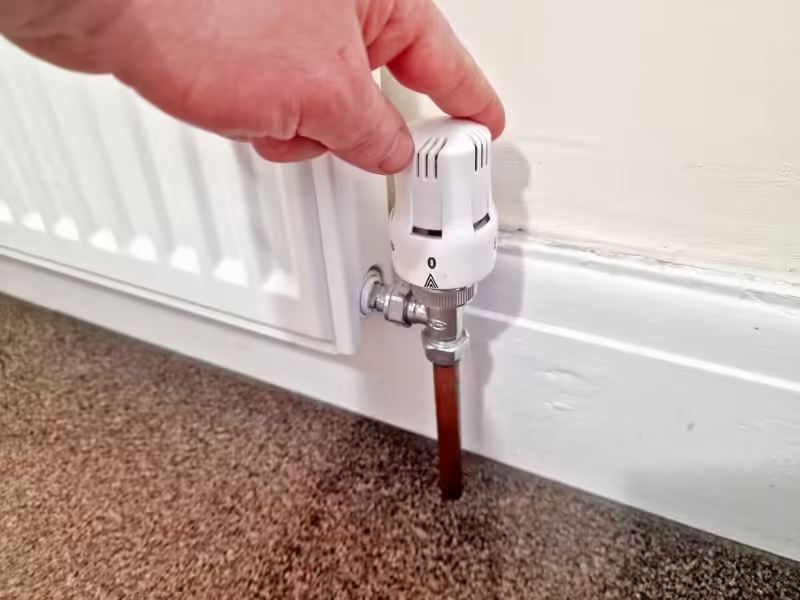
How to open a radiator valve
To open a radiator valve, you need to turn it anti-clockwise as far as it will turn. Some radiator valves can be turned with your hand, but for some, you will need to use a tool.
To open a thermostatic radiator valve, you turn it anti-clockwise until it’s on the setting you want it on, or turn it as far it will go to leave it open fully at all times.
How to close radiator valve
To close a radiator valve, you need to turn it clockwise as far as it will turn. To close a thermostatic radiator valve, you turn it clockwise until it’s on zero. If a closed radiator valve does not stop the heat to the radiator, then the valve is not closing properly, and you will probably need to replace the radiator valve.
Some radiator valves do not get opened or closed for years, which can cause them to leak when closing for the first time. You will either have to fix the leaking radiator valve or replace it.
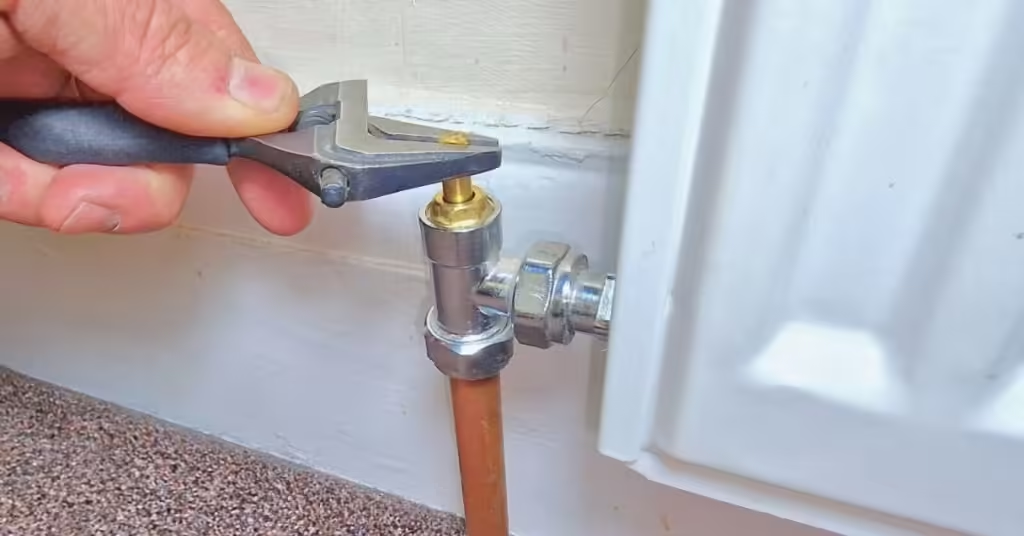
Radiator valve tools
Some radiator valves can be turned on and turned off with your hands, but some need tools.
Radiator Allen key
A radiator Allen key (or hex key) is a large key used for fitting and removing certain types of radiator valve tails. There are also Allen keys for opening and closing certain radiator lockshield valves. Danfoss lockshield valves need a 6mm Allen key.
Lockshield valve key
A lockshield valve key is a spanner-type tool to open and close lockshield radiator valves. They turn the spindle on the valve, but the spindle tops come in all shapes and sizes.
There are different types of lockshield valve keys, some with one single key, some with 3, 4 or more. I normally use water pump pliers as I always have a pair on me when I’m at work, and they can be used for most different lockshield valves.
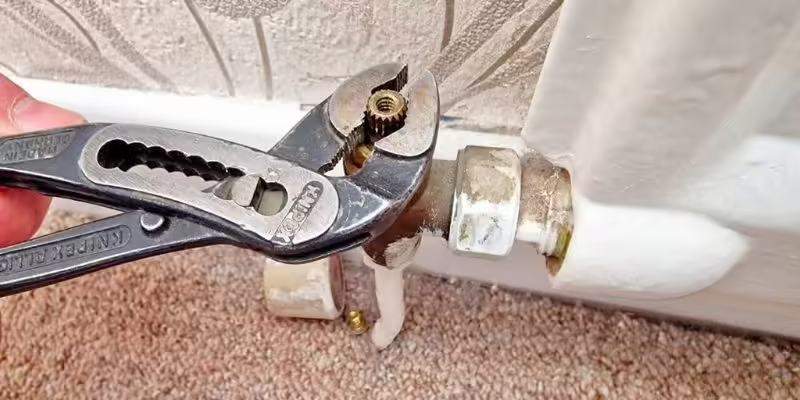
Summary
Radiator valves are needed to control the flow of water (heat) through radiators and can be used for fixing radiator leaks, balancing heating systems, and many other uses.
Feel free to ask any questions in the comments below, and I’ll do my best to help. If you found this post helpful, please consider sharing it.
FAQs
What are the two valves on a radiator for?
The two valves on a radiator are for controlling the temperature of the radiator (and room), balancing radiators, and for isolating a radiator from the heating system.
What side of the radiator is the lockshield valve?
The lockshield valve can be on either side of the radiator. They are normally fitted on whichever side is best for that particular room.
For example, when I’m fitting a new radiator, I will usually fit the thermostatic radiator valve on the side which is the furthest away from the door. This is so it’s less affected by the temperature outside the room, and the lockshield will be fitted on the other side.
Should a lockshield valve be fully open?
For most radiators, the lockshield valve should be fully open. When balancing radiators, the lockshield valve on some radiators will be partially closed to spread out the heat to other radiators that are not getting hot enough.
Are radiator valves open or closed?
Both radiator valves need to be open for the radiator to get hot. If any radiator valves are closed, the radiator will not get any heat. A radiator valve needs to be turned anti-clockwise to open.
What is the best way to use a thermostatic radiator valve?
The best way to use a thermostatic radiator valve is to set it to the correct temperature you want the room to be. You will have to check with each manufacturer for the temperature, but the number 3 setting on a TRV is usually around 20 degrees Celsius.
If you don’t use a certain room in your home, the best way to use that thermostatic radiator valve might be to turn it off or on to the frost setting. This means the radiator will only come on when that room is freezing cold, normally 7 degrees Celsius.
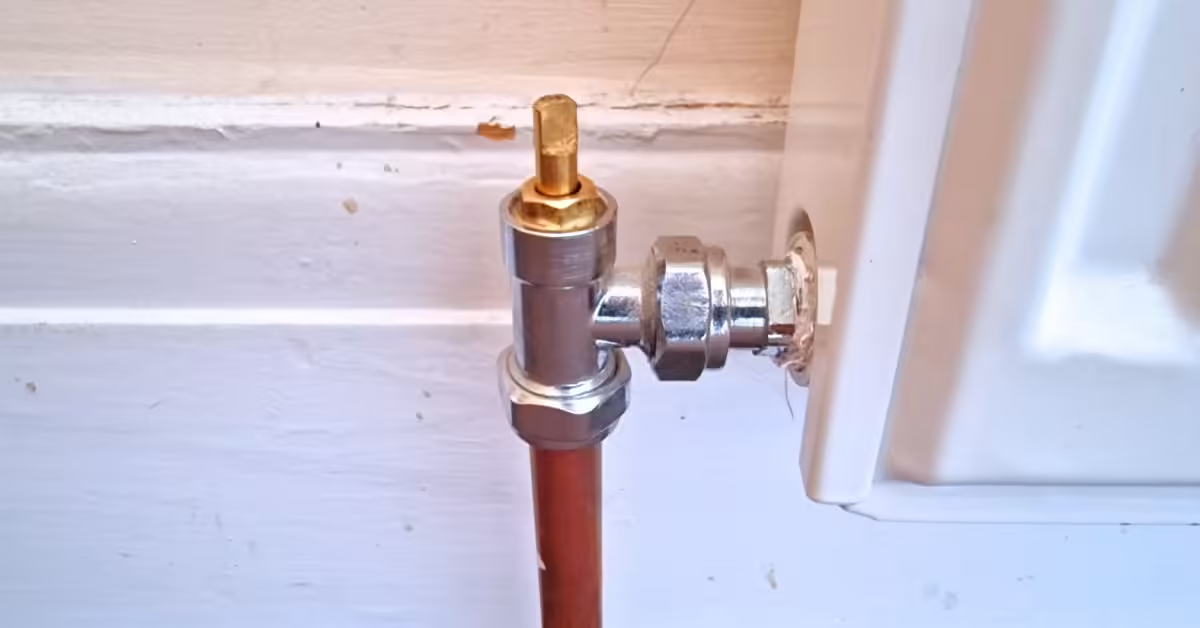

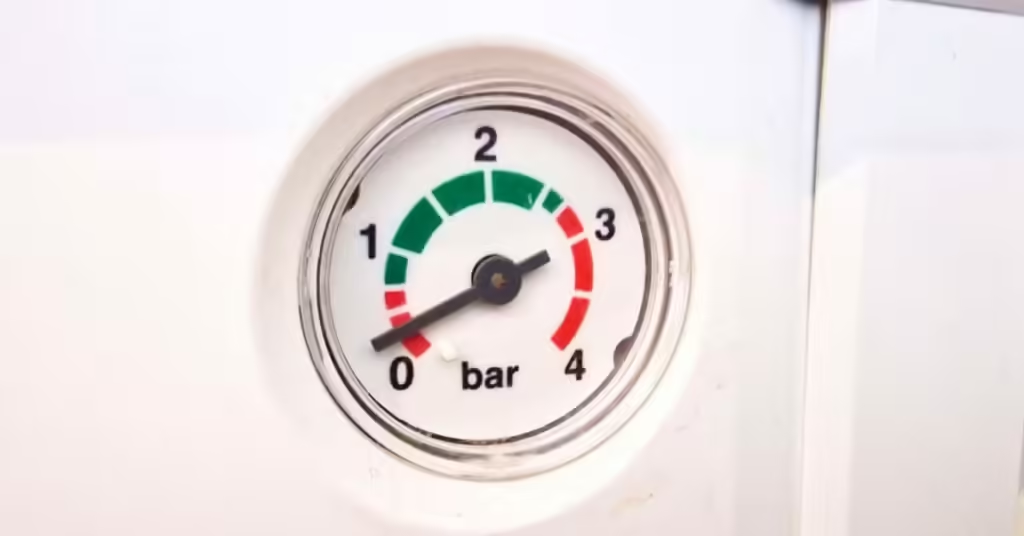
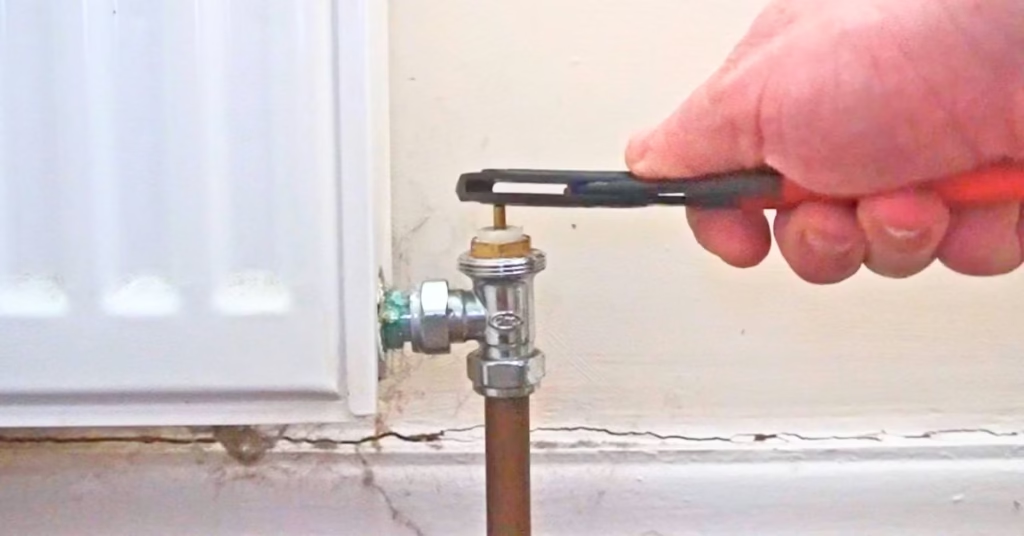
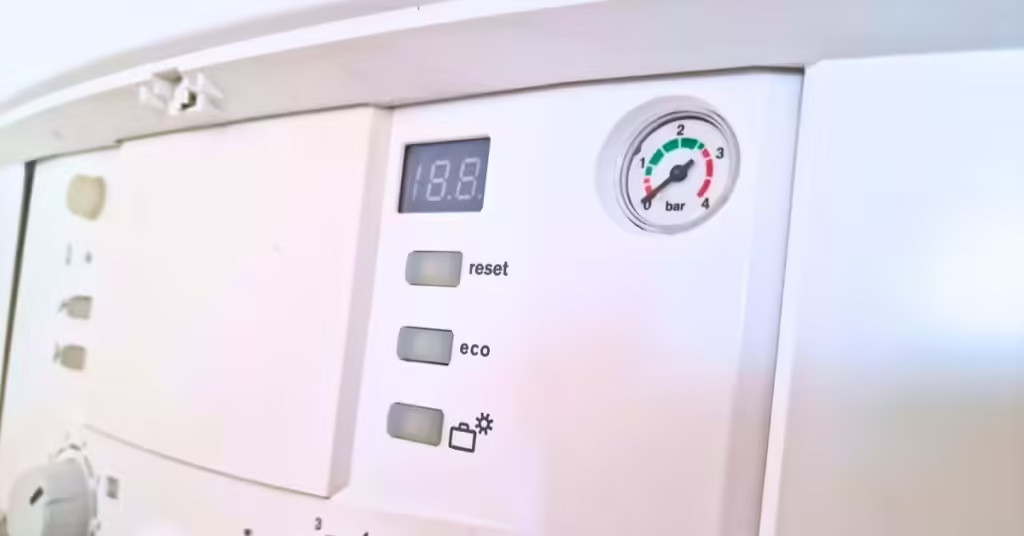
Thanks Steven for talking simple for clowns like me. My question. Does turning up room thermostat set already (20*) make the room warmer, or altering the number on my TRV from say,3 to 5 make the room warmer but leaving the thermostat at 20*.
If the room thermostat is in the same room as a TRV the TRV should be on the highest setting and then use the room thermostat to control the temperature.